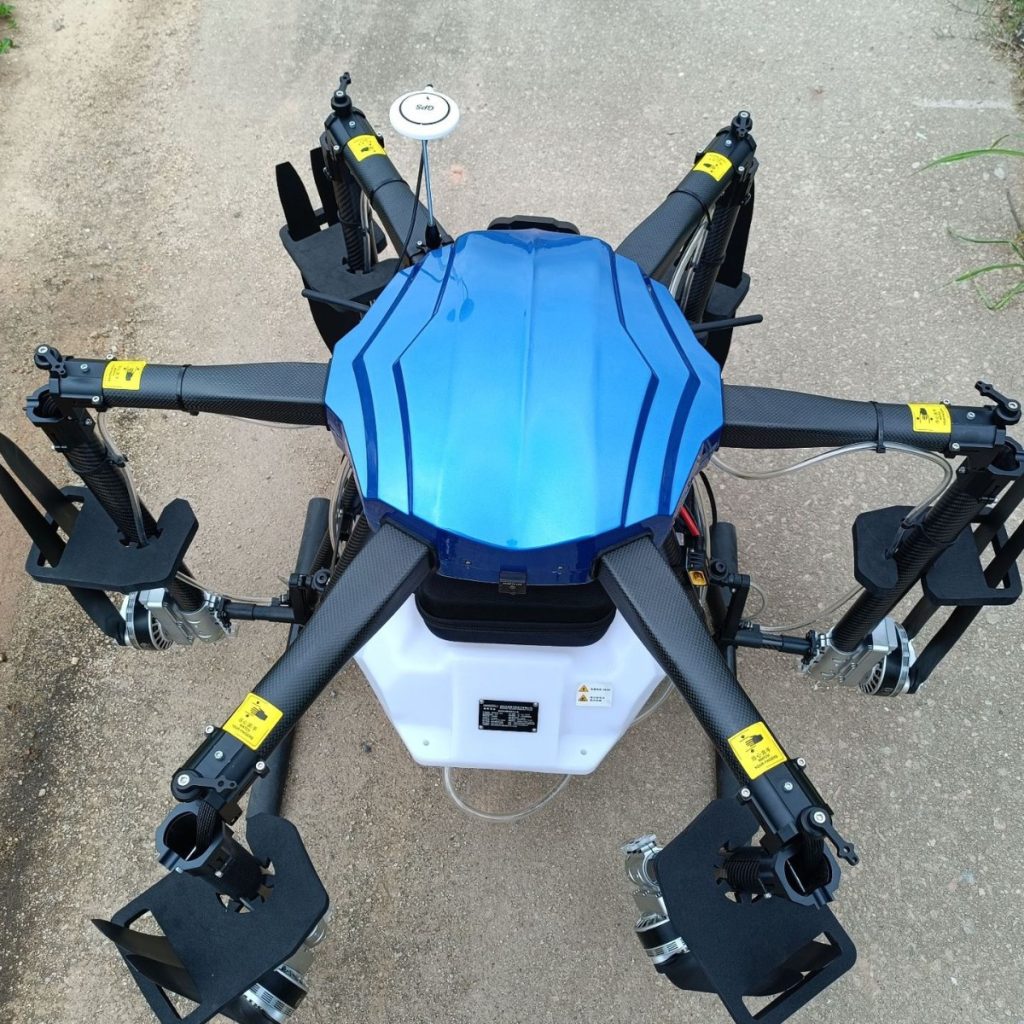
Russia’s agricultural sector stands as a global powerhouse—ranking among the world’s top wheat exporters and boasting vast tracts of fertile land stretching from the Black Sea steppes to Siberia’s fertile river valleys. Yet, beneath this strength lies a pressing need for evolution: a shrinking rural workforce, harsh climatic extremes, and the urgency to modernize amid rising global competition and climate unpredictability. Enter a game-changing solution crossing continents: Chinese agricultural drones, now emerging as a vital tool in Russia’s journey toward smarter, more resilient farming.
Russia’s Agricultural Crossroads: Challenges and Opportunities
Russia’s farming landscape is defined by scale and diversity. Its 123 million hectares of arable land produce staples like wheat, barley, and sunflowers, but operational hurdles abound. With over 40% of farm laborers aged 55 or older, seasonal tasks such as planting, spraying, and crop monitoring strain under manpower shortages. Meanwhile, vast territories—some reachable only by rugged roads—demand tools that transcend traditional ground machinery. Climate adds another layer: frigid winters, sudden spring frosts, and dry summers require equipment built to withstand extreme conditions.
EU and global market demands for sustainable practices further press farmers to reduce chemical overuse and carbon footprints. Traditional methods, reliant on manual labor or heavy tractors, often fall short—either too slow, imprecise, or environmentally taxing. Here, innovation isn’t just advantageous; it’s critical to maintaining Russia’s competitive edge.
Why Chinese Drones? A Precision Fit for Russia’s Unique Needs
Among global drone manufacturers, Chinese agricultural UAVs have distinguished themselves by addressing Russia’s specific challenges with tailored design, durability, and affordability. What makes them indispensable for Russian farms?
1. Built to Conquer Russia’s Climate and Terrain
China’s drone industry thrives on serving its own geographically diverse farmlands—from Heilongjiang’s cold northeast to Xinjiang’s arid west. This experience has forged drones resilient to extreme conditions. Russian farms, whether in the windswept plains of Krasnodar or the frost-prone fields of Altai Krai, benefit from:
-
Cold-Weather Performance: Batteries and motors engineered to operate in -20°C (-4°F) and below, preventing downtime during harsh winters or early spring frosts.
-
All-Terrain Agility: Advanced GPS and obstacle-avoidance systems navigate uneven fields, rocky paths, and tall crops like sunflowers, ensuring consistent coverage even in remote areas.
-
Wind Resistance: Stabilized flight controls handle Russia’s frequent strong winds, common in the steppe regions, guaranteeing precise spraying and data collection.
2. Cost-Effective Power for Large-Scale and Family Farms Alike
Russian agriculture comprises both massive agribusinesses and smallholder farms—each with distinct budget constraints. Chinese drones bridge this gap:
-
High Productivity, Low Cost: Mid-range models cover 15–20 hectares per hour with 30-liter spray tanks, slashing labor costs for large wheat farms. Smaller drones, ideal for family plots, offer affordable entry into precision agriculture without compromising performance.
-
Minimal Maintenance: Rugged designs reduce wear-and-tear, lowering long-term upkeep expenses—a key factor for farms operating on tight margins.
3. Sustainability Aligned with Global and Local Priorities
Russia’s push to enhance export competitiveness ties closely to sustainability. Chinese drones deliver:
-
Reduced Input Waste: Multispectral sensors and AI analytics map crop health in real time, enabling targeted pesticide/fertilizer application. Early adopters report up to 30% less chemical use—cutting costs and meeting EU import standards for greener produce.
-
Eco-Friendly Operation: Electric and hybrid models minimize emissions, appealing to environmentally conscious farmers and regions like the Volga Basin, where water and air quality are priorities.
From Shenzhen to Siberia: Smooth Import and Local Empowerment
Bringing Chinese agricultural drones to Russia involves navigating EAC (Eurasian Conformity) certification, ensuring compliance with safety and technical standards. Forward-thinking exporters partner with Russian importers to streamline this process, often including:
-
Localized Training: Workshops for pilots and agronomists on drone operation, data interpretation, and maintenance, tailored to Russian farming practices.
-
On-the-Ground Support: Service centers in key agricultural hubs like Moscow Oblast and Rostov-on-Don provide timely repairs and software updates, keeping fleets operational year-round.
Early success stories are already taking root. In Kursk Oblast, a large sunflower farm reduced spraying time by 50% using Chinese drones, redirecting labor to higher-value tasks like harvest monitoring. “Previously, our team struggled to cover 1,000 hectares in time,” noted the farm director. “Now, drones finish the job in days—and we use 25% less pesticide.” In the Altai region, smallholder grain farmers praise the drones’ ability to reach remote plots, eliminating the need for costly tractor rentals during muddy spring seasons.
A Partnership for Mutual Growth
This collaboration transcends trade—it’s a fusion of Chinese technological innovation and Russian agricultural expertise. Chinese manufacturers gain invaluable insights into Eurasian farming conditions, refining drones for global markets. Russian farmers, in turn, access tools that preserve their heritage of hard work while embracing efficiency and sustainability.
As one Siberian farmer put it, “These drones aren’t just machines—they’re partners in securing our future. They let us grow more with less, even in challenging years.”
Looking ahead, the story of Chinese drones in Russia is one of shared progress. With each flight over golden wheat fields or sunflower-dotted plains, these UAVs are not just spraying crops or mapping terrain—they’re cultivating a new era of smart, resilient agriculture. For China’s drone factories and Russia’s farming community, the sky’s the limit—one harvest at a time.
THE END

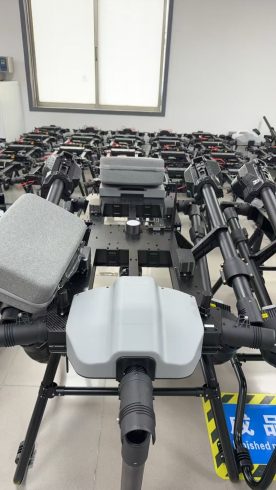
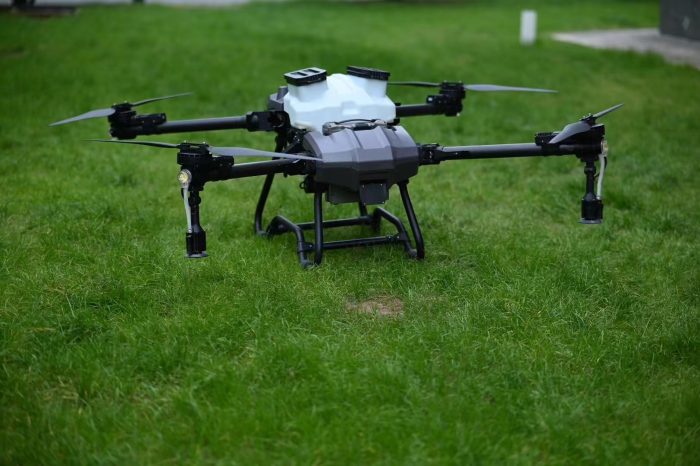

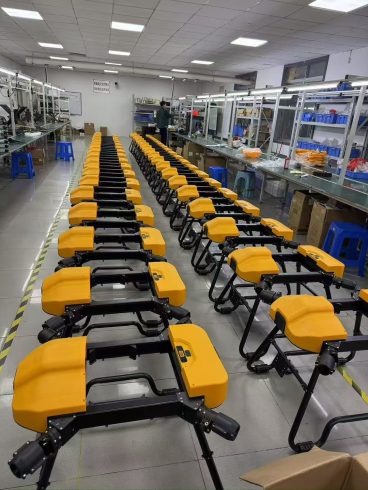
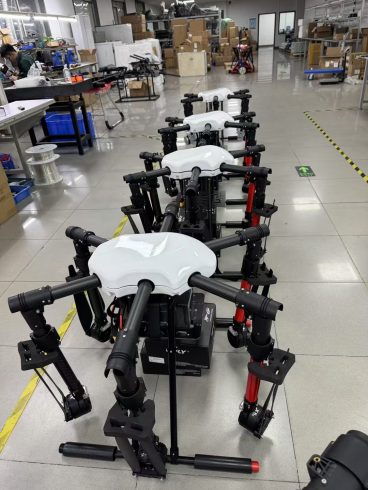

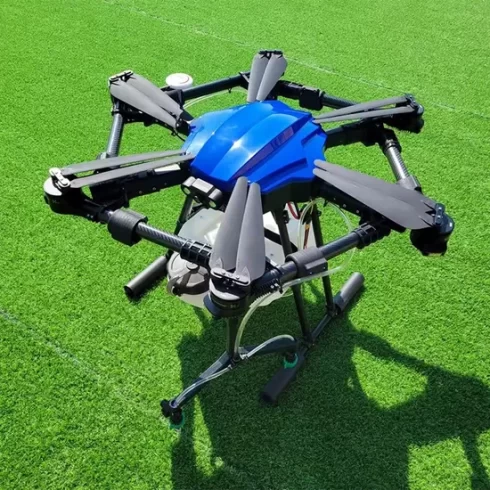


暂无评论内容